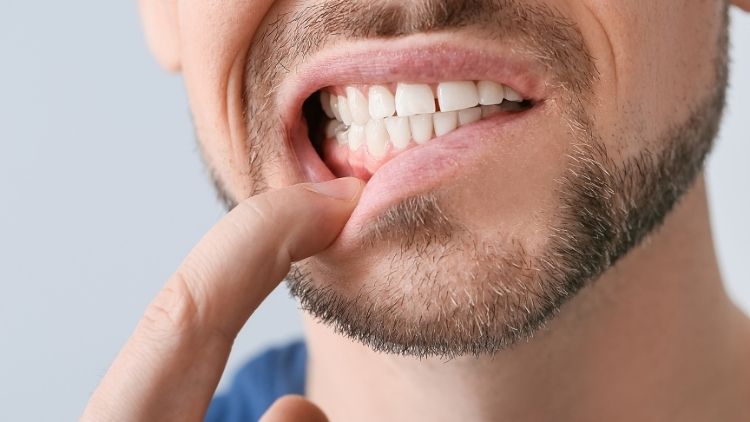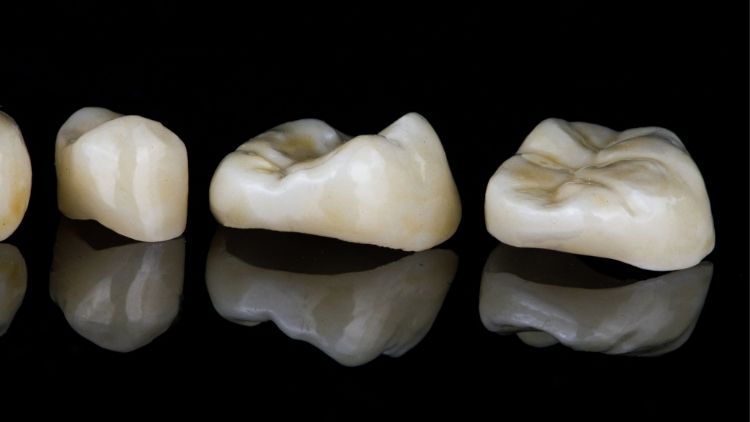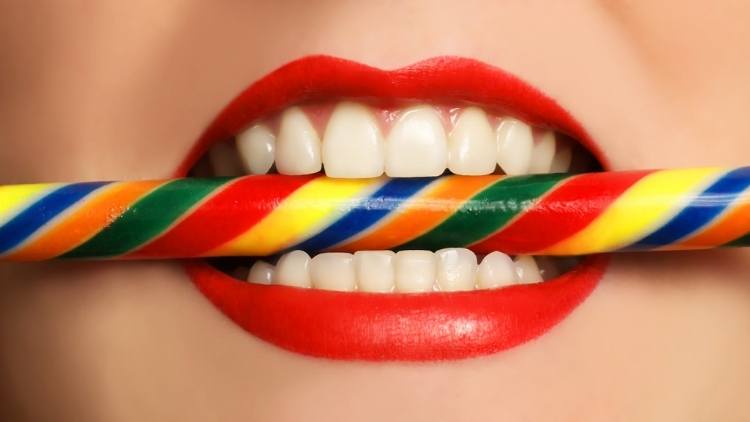
by Dr. Maxine Cannon | Mar 30, 2022 | Dentist, Dentistry
Are your teeth feeling numb and tingy or maybe even itchy? This can be an occasional issue, but sometimes it can indicate something serious is going on. It’s important to bring up any symptoms to your dentist. What Causes Tingling Teeth? Tingly teeth are a...

by Dr. Maxine Cannon | Mar 6, 2022 | Dentist, Dentistry
If you are experiencing tooth pain, it is important to visit your dentist as soon as possible. Tooth pain can be caused by a variety of issues, including cavities, gum disease, and abscesses. Left untreated, tooth pain can lead to further health complications. Your...

by Dr. Maxine Cannon | Feb 26, 2022 | Dentist, Dentistry
The mouth is often neglected but it’s important to take care of your gums. Poor oral hygiene can lead to tooth loss, bad breath, and a decrease in physical appearance. The good news is that gum disease is easy to prevent, treat, and manage. That being said,...

by Dr. Maxine Cannon | Feb 18, 2022 | Dentist, Dentistry
Dental inlays and onlays are used to restore damaged teeth. They’re made and customized during a dental procedure known as a restorative or dental crown. An inlay is an object that is placed into an object while an onlay is placed over top of an object....

by Dr. Maxine Cannon | Jan 28, 2022 | Dentist, Dentistry
You only get one set of teeth. That being said, It’s important to act on all best practices for healthy teeth. Neglecting your dental hygiene is not a mistake you want to make. Not giving your teeth the attention they need could result in some serious issues....

by Dr. Maxine Cannon | Jan 18, 2022 | Dentist, Dentistry
So, you may be wondering why a dentist would say that candy is bad for your teeth. The reason is simple: sugar. Sugar rots your teeth and makes them weak. When they are weak, they are more likely to break or develop cavities. So, it’s important to brush...







